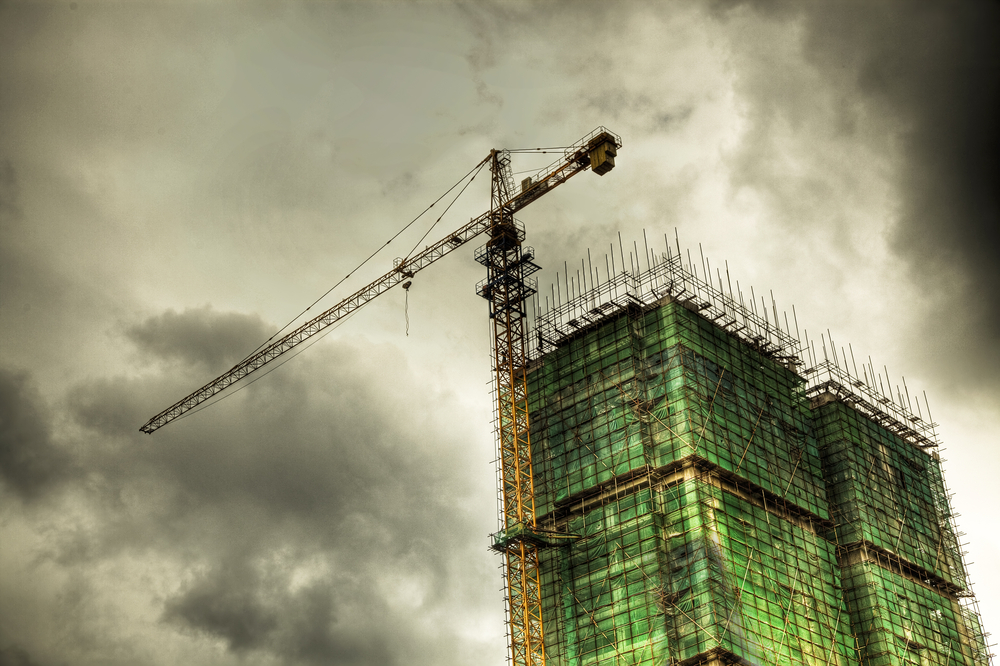
China and India get the lion share of the headlines when it comes to emerging markets. But Brazil presents plenty of opportunities for the right companies.
Bryan Tedford, senior vice president of foreign casualty for ACE, gave a presentation on the nation’s potential and challenges for businesses today at the RIMS 2013 Conference & Exhibition in Los Angeles.
He noted that, as the world’s fifth-most-populous nation and seventh largest economy, Brazil is in a “fantastic position for economic growth over the next few years.” It has a strong, growing middle class that fuels a large domestic demand, which separates it from some of the other oft-discussed emerging markets. Tedford also highlighted the nation’s strong trade relationship with the United States, which he said actually sells about $11 billion more in goods and services to Brazil than Brazil sends back.
The nation also weathered the economic downturn better than most and has very little natural disaster exposure relative to many other growing economiesStill, there are plenty of challenges.
With a land area that is nearly as large as continental Europe, there is an imbalance of economic distribution in cities. This means that the opportunities for foreign companies reside mostly in crowded markets full of established competition. There is also a large informal economy in areas both urban and rural that can limit sales potential.
It doesn’t help that the legal and regulatory environment is very protective of Brazilian companies. In practice, new entities are very difficult to set up. “You really need to have some friends in Brazil … before you can really go after it,” said Tedford. “Having strong personal and business relationships seems to be the key for U.S. companies succeeding in Brazil.”
One way to make friends, says Tedford, is to give a small gift or token at a first meeting. Even offering something that may seem trite can be seen as a welcome gesture.
But don’t expect even friends to be punctual. “The conception of time is, I’ll say, liberal,” said Tedford. Don’t be surprised if an 8 a.m. breakfast meetings doesn’t start until 9:15. Perhaps it’s the traffic. Transportation and logistics can be a nightmare, so don’t expect to get anywhere quickly. The drive from the airport to São Paulo, for example, can take hours.
As far as more-business-related concerns, Brazil has strict liability rules that can make it difficult to deal with issues like a defective products and employment practices. There is also a short statue of limitations compared to the rest of South America, which can make it tricky to find time to deal with issues that must be addressed quickly.
In at least a few sectors, however, these are all mere inconveniences compared to the wealth of opportunity.
The agriculture industry has been booming in recent years, and this is only likely to increase. Sugar cane is especially enticing given the growth of the ethanol market.
The expansion of Petrobras, a Brazilian oil conglomerate that Forbes lists as the world’s 20th-largest company, may present even more chances for foreign companies to cash in. It is estimated that the nation will spend some $250 billion on contracts after the massive off-shore oil deposits discovered a few years ago, said Tedford. There will be a ton of new rigs and construction projects to be had.
There is also a tech boom. Brazilians are one of the largest purchasers of mobile phones, tablets and electronics among the emerging markets, says Tedford. This surging demand means more IT jobs and more infrastructure.
They also have another tendency: responding to direct-mail marketing offers. Brazil has a very good postage system, and it is helping move some of the economy outside of the cities. Companies in on the secret are able to make direct sales and raise brand awareness.



